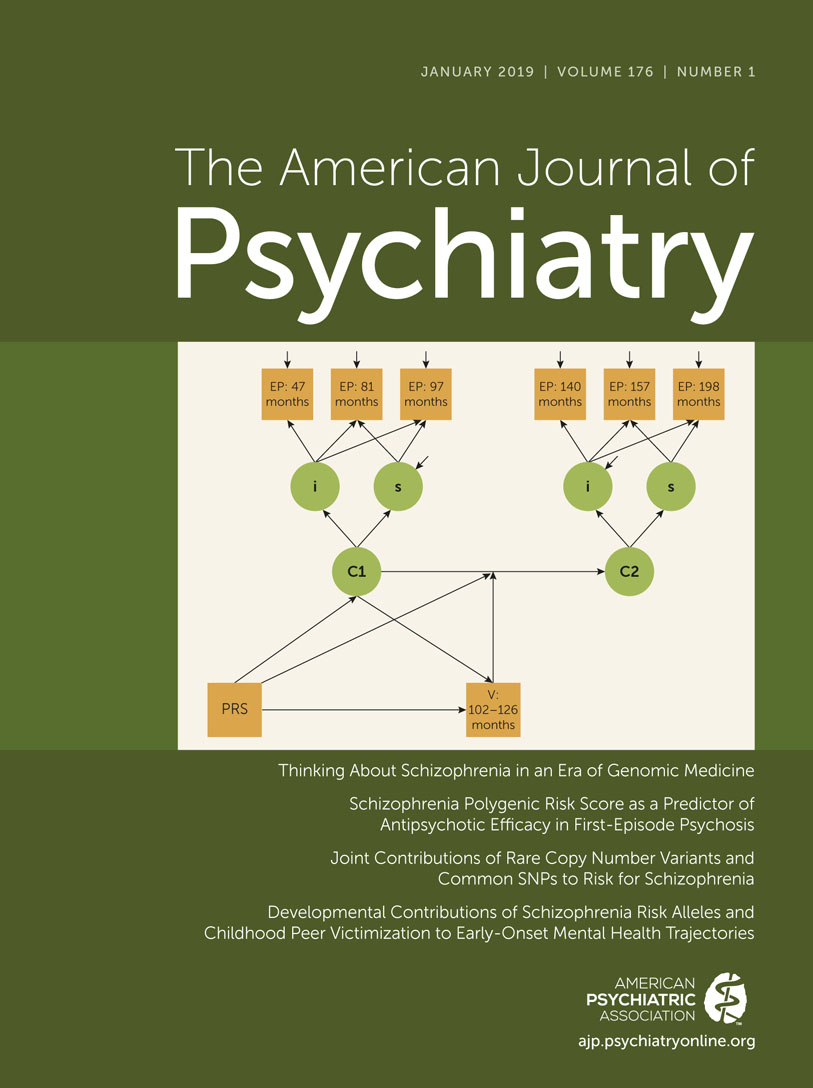EEG Biomarkers for Treatment Response Prediction in Major Depressive Illness
At its July 2017 meeting, the APA Board of Trustees voted to approve a Resource Document developed by the Council on Research’s Task Force on Biomarkers and Novel Treatments. The Task Force had been charged with evaluating the evidence for diagnostic and prognostic biomarkers in the treatment of a range of psychiatric illnesses. The following summarizes the Task Force’s report on one biomarker, quantitative electroencephalography (QEEG).
Major depressive episodes, whether as a major depressive disorder or occurring as part of another disorder, are a leading cause of psychiatric disability and economic burden. One of several contributors to that burden is the uncertainty of treatment response. Medications, psychotherapies, and somatic treatments all are selected based mainly on tolerability. As a result, many patients undergo multiple therapeutic trials before obtaining relief and may ultimately receive suboptimal treatment. This has spurred great interest in identifying biomarkers that could aid medication selection or more quickly terminate an ineffective trial.
QEEG has frequently been suggested as a possible biomarker. It effectively measures aspects of cortical function that may relate to depression, is relatively inexpensive and quick, and could be performed in an office setting with ordinary computers. It remains unclear, however, whether QEEG has predictive power in major depressive episodes. Most proposed markers have been studied by single groups. Recent reviews are highly technical and qualitative, without practical evidence summaries for the practicing clinician. The APA Council on Research’s Task Force on Biomarkers and Novel Treatments thus undertook a quantitative review and meta-analysis of QEEG in treatment-response prediction for major depressive episodes.
We screened articles from MEDLINE published in or before November 2017. Further articles were identified from the reference lists of published reviews. We retained all articles that used QEEG to predict response to a treatment for a major depressive episode, regardless of patient population, treatment, or QEEG analysis. Two independent raters extracted diagnostic/prediction information from each article and also rated each on three indicators of good research practice: sample size, correction for multiple statistical testing, and out-of-training-set cross-validation. We entered diagnostic accuracy into univariate and bivariate random-effects meta-analyses, including meta-regression for differential efficacy of specific biomarkers. A second meta-regression assessed whether QEEG was more effective at predicting response to medication, transcranial magnetic stimulation (rTMS), or other therapies.
We identified 76 articles reporting 81 markers from which we determined the following meta-analytic estimates of QEEG’s ability to predict major depressive episode treatment response: sensitivity=0.72 (0.67–0.76); specificity=0.68 (0.63–0.73); log(diagnostic odds ratio)=1.89 (1.56–2.21); area under the receiver operator curve=0.76 (0.71–0.80). No single QEEG biomarker or treatment subtype showed greater predictive power than the all-studies estimate (information criterion tests on meta-regression). A funnel plot analysis suggested substantial publication bias in the QEEG literature, with a lack of small studies reporting null effects. Most studies did not use ideally rigorous statistical practices.
The Task Force concluded that QEEG is not yet clinically reliable for predicting depression treatment response. There is under-reporting of negative results, a lack of out-of-sample validation in many studies, and a lack of direct replication of prior findings. Until these limitations are remedied, QEEG is not recommended for guiding psychiatric treatment choice.



